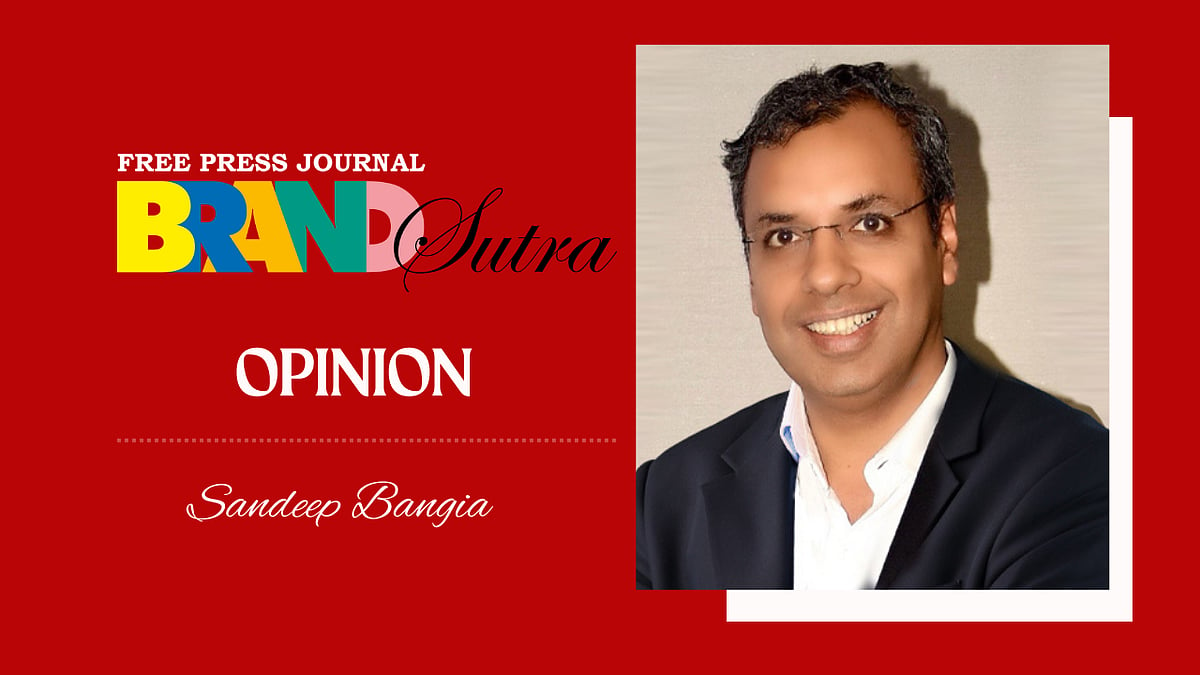Ever since OpenAI released the Ghibli-style image generation feature in ChatGPT, users have been able to create images directly in the chat.. The sheer simplicity of turning everyday photos into a dreamy storm of emotion, artistry and nostalgia has proven irresistible.
There’s a softness, a stillness, a poetic beauty people crave in our fast, noisy world—exactly what Studio Ghibli-style images deliver. No wonder it went viral overnight. It nails the sweet spot between personalisation and pop culture, transforming a moment into a memory that feels lived-in. The Ghibli look taps into universal feelings—childhood wonder, quiet love, longing for simpler times.
This echoes the “filters” and “effects” of image-editing apps. Those enhance—making things prettier, moodier, cooler. The Ghibli effect goes further: it reshapes the tone, layering in nostalgia, softness and storytelling through aesthetics. While technically a filter, its emotional depth sets it apart. You’re not just watching a story—you’re immersed in one.
The technical update has morphed into a global creative craze. Tech CEOs, politicians and netizens have all jumped on the bandwagon. For the uninitiated, “Ghibli” comes from Studio Ghibli—a Japanese animation studio famed for beautifully crafted films like Spirited Away and My Neighbor Totoro, founded by Hayao Miyazaki and Isao Takahata in 1985.
This Ghibli buzz should make Miyazaki proud, right? Wrong. When shown AI-generated art sometime ago, he was outraged, calling it “an insult to life itself.” And why not? Great art emerges from human suffering, passion and spirit—Miyazaki devoted a lifetime to crafting each frame with raw emotion and skill. AI, though clever, just decodes patterns, producing without dreams or hardship. It mimics styles but can’t feel or persevere. It’s an imitator, not a creator. True art’s heart lies in the human experience—no algorithm can touch that.
The Ghibli AI trend churns out vivid, Ghibli-esque images, but that ability doesn’t come from nowhere. To capture Miyazaki’s style—sweeping landscapes, nuanced expressions, soft yet vibrant palettes—the AI likely trained on a vast dataset, possibly including Ghibli films or inspired art. Were those works used with permission, or scraped without consent? If the latter, it’s a potential intellectual property violation.

An AI rendition of my daughter riding a camel at Puri Beach |
I asked ChatGPT for answers and it said in a carefully worded response, “OpenAI doesn’t specifically train on proprietary or copyrighted content like Studio Ghibli films. Instead, it learns from publicly available and licensed data that includes descriptions, discussions, fan art and references to the Ghibli style—things like: ‘Lush green hills like in My Neighbor Totoro,’ ‘Warm sunset light in the style of Spirited Away’. The model learns associations between words, visual styles and emotional tones.” Hmmm, OK ChatGPT, I believe you.
This isn’t just about legality—it’s fairness. Animators and illustrators face AI devaluing their skills with fast, cheap alternatives. If their work—or Miyazaki’s—feeds these tools without credit, it’s a double blow: mimicked and exploited. Demand shifts from artisans to AI when companies bypass talent for models built on uncredited legacies. Some argue it democratises creativity, letting amateurs play in Ghibli’s world. But that world took decades of human effort and without clear AI rules, it risks skilled animation jobs.
Yet, it’s hard to ignore the sheer fun and cultural boost it’s giving Ghibli’s legacy. People who’ve never watched a Ghibli film might now be curious to check out the real thing—and that’s a win for exposure. Plus, the tech itself is impressive: artificial intelligence is flexing some serious muscle with detailed prompts and accurate stylisation, exciting anyone into AI’s creative potential.
(The author is a senior professional in the corporate sector)
